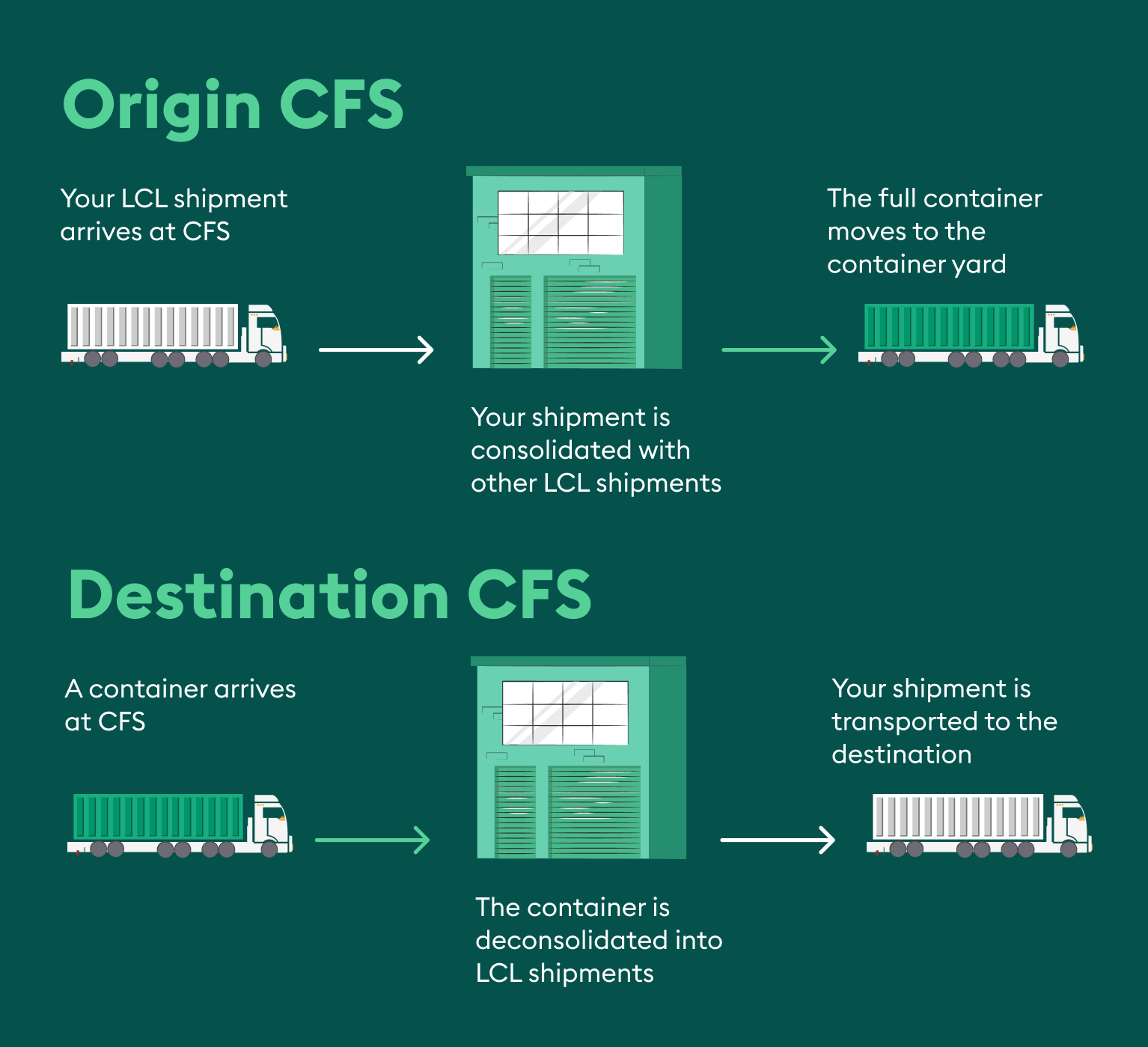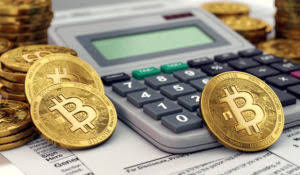However, they have faced restrictions and regulatory changes in many countries due to concerns about tax evasion and money laundering. Some governments, such as the United States, have issued bearer treasury bonds in the past, though they are no longer issued due to regulatory changes. If you have a bearer bond issued decades ago, or by a company that no longer exists, it may have no value as a monetary instrument but it could still have value as a collectible. The value of collectible bonds is based on the rarity of the bond, the history surrounding it and the beauty of the engraving and artwork on the bond. Every time a book-entry security is sold, a transfer agent or registrar changes the name of the registered owner. You can read more about our commitment to accuracy, fairness and transparency in our editorial guidelines.
For this reason, the coupon bond simply refers to the rate it projects rather than its physical nature in the form of certificates or coupons. While bearer bonds may have lost their prominence in today’s financial landscape, they continue to remain intriguing due to their historical significance and association with secrecy. Understanding their definition, function, and value provides us with a glimpse into the evolution of financial instruments and their role in shaping the world of finance. It is important to note that bearer bonds value due to changes in technology and concerns about money laundering and other illegal activities, bearer bonds have become increasingly rare. In fact, many countries have phased out their use entirely or imposed stringent regulations on their issuance. Bearer bond certificates often include detachable coupons that must be presented to claim interest payments, serving as proof of entitlement to the interest.
They are able to receive their interest payments through these accounts. Anyone who provides the necessary coupons to the issuer can receive the interest payment regardless of whether that person is the actual owner of the bond. For this reason, coupon bonds present a lot of opportunities for tax evasion and other fraudulent acts.
- Bearer bonds are sometimes called coupon bonds because they include coupons redeemable for interest payments at regular intervals.
- Loss or theft of a bearer bond certificate can lead to permanent loss of ownership, as there is no record of the original owner or a way to recover the lost bond.
- The physical holder (or bearer) of the bond certificate and attached coupons, not a registered owner, is the owner of the instrument and can claim its cash flows.
- The holder of a bearer instrument is presumed to be the owner, and whoever is in possession of the physical bond is entitled to the coupon payments.
- In case the company is bought, you should contact the buyer company because it may still accept this bond.
Ask Any Financial Question
Our writing and editorial staff are a team of experts holding advanced financial designations and have written for most major financial media publications. Our work has been directly cited by organizations including Entrepreneur, Business Insider, Investopedia, Forbes, CNBC, and many others. We follow strict ethical journalism practices, which includes presenting unbiased information and citing reliable, attributed resources.
Which of these is most important for your financial advisor to have?
But what exactly is a bearer bond, how does it work, and why are they considered valuable? Let’s dive into the fascinating world of bearer bonds to elucidate their intricacies. After the Tax Equity and Fiscal Responsibility Act of 1982, the U.S. government ceased issuing bearer bonds and took steps to require existing bearer bonds to be changed to registered bonds. However, to claim the periodic interest payments, you must clip each coupon and present it to the issuer or registered agent on or after each scheduled payment date.
Financial Literacy Matters: Here’s How to Boost Yours
Government bodies and corporations in the U.S. widely issued bearer bonds between the late 19th century and the late 20th century. They were a popular form of financing because they were easy to transfer between parties and required minimal administrative effort following issuance. Today, bearer bonds are nearly extinct in the U.S. and other advanced countries, largely because the lack of registration invites theft, money laundering, tax evasion, terrorism financing and other nefarious behaviors. To obtain interest payments stipulated by a bearer bond, you must furnish the coupons to the issuer (or an agent specified by the issuer).
Bearer bonds offer anonymity and easy transferability, making them attractive to some investors. However, they carry increased risks, such as loss or theft, and are subject to stricter regulatory scrutiny. In the U.S., bearer bonds were issued by the government and corporations from the late 19th century, after the Civil War, into the second half of the 20th century. They gradually fell out of favor as modern technology outmoded them, and investors shunned them because of their vulnerability to loss or theft.
Provide it with the serial number on the bond, and the company should be able to tell you the redemption value of your bond. As time has progressed, federal agencies have been created to protect investors through various regulations and monitoring. Investing in securities is highly regulated, and every transaction is registered. However, as required by the new California Consumer Privacy Act (CCPA), you may record your preference to view or remove your personal information by completing the form below. Annuity.org partners with outside experts to ensure we are providing accurate financial content. Our mission is to empower readers with the most factual and reliable financial information possible to help them make informed decisions for their individual needs.











